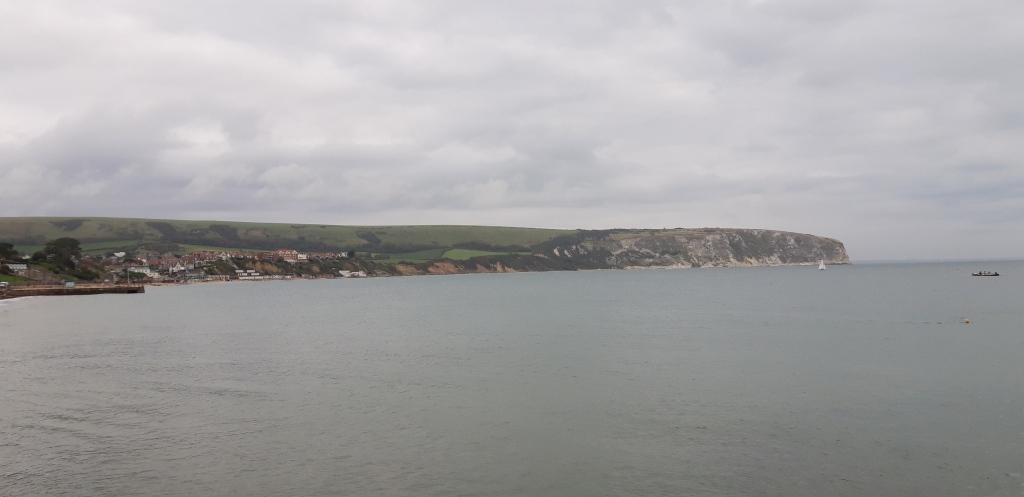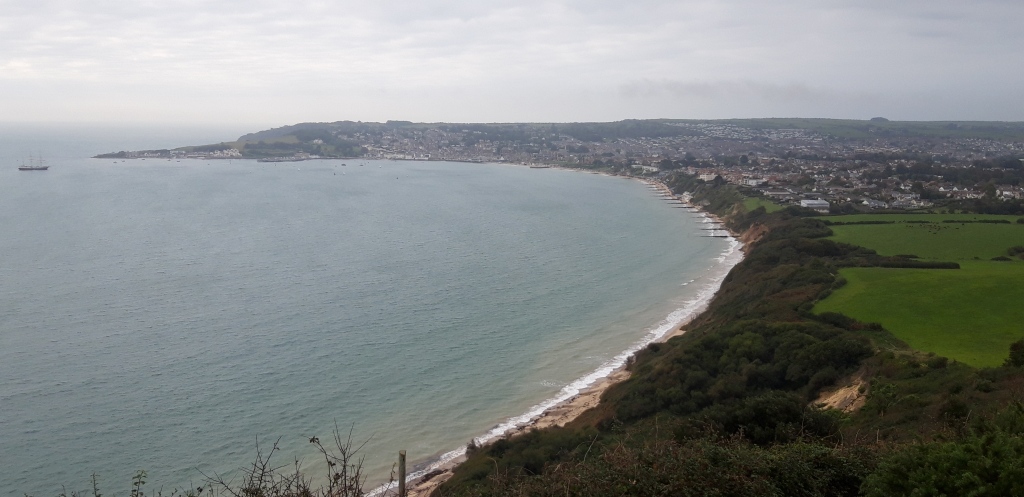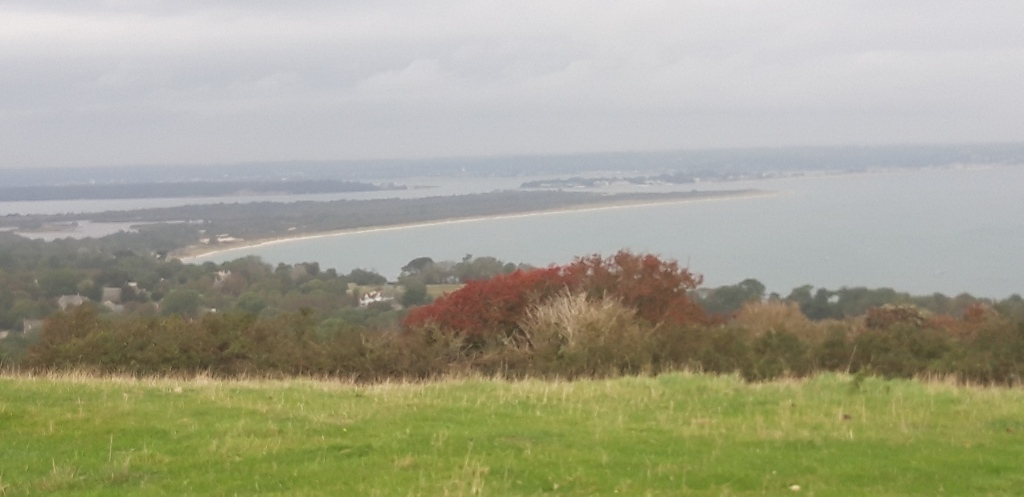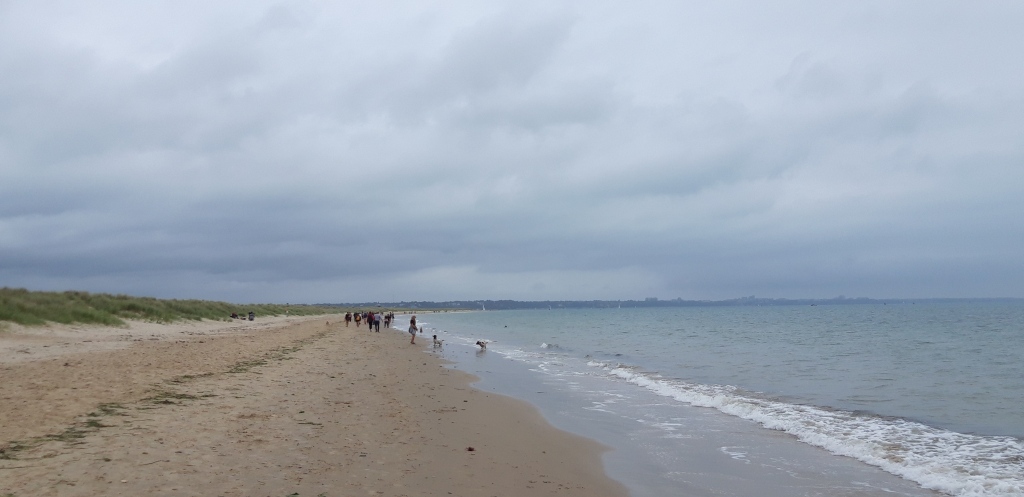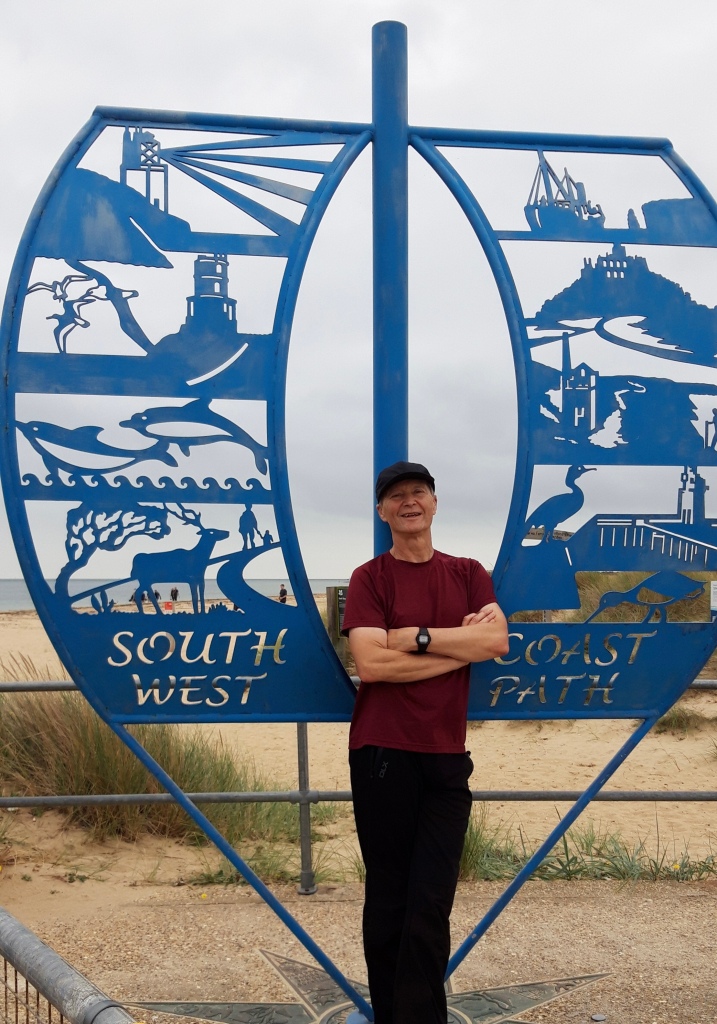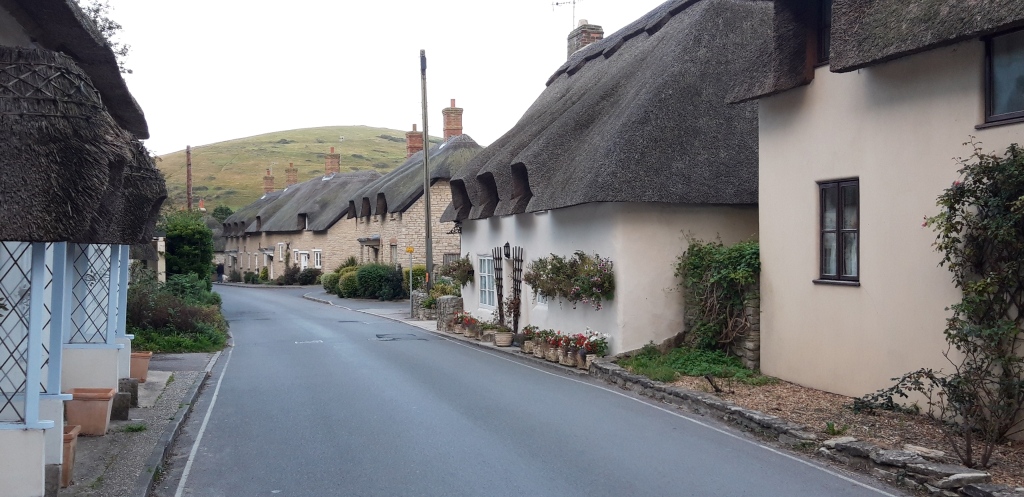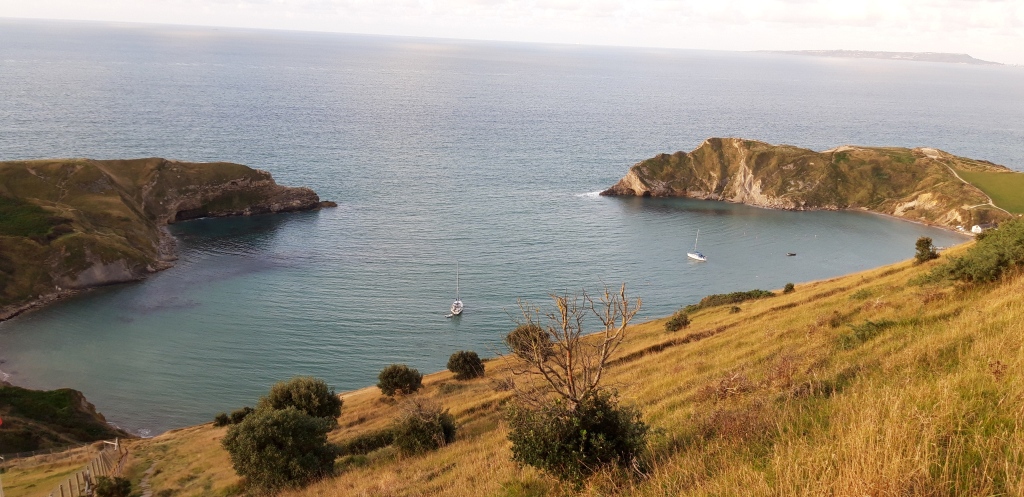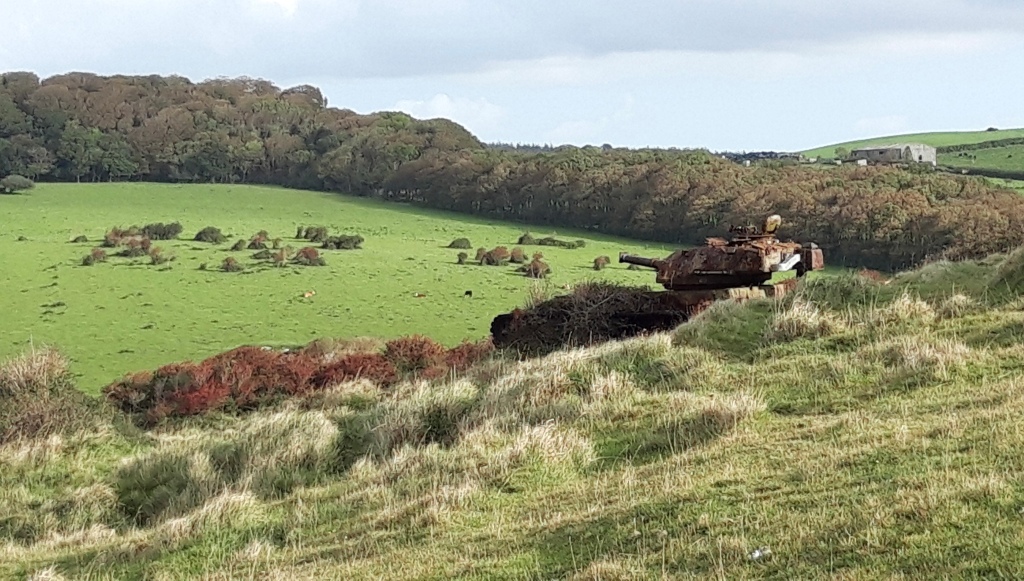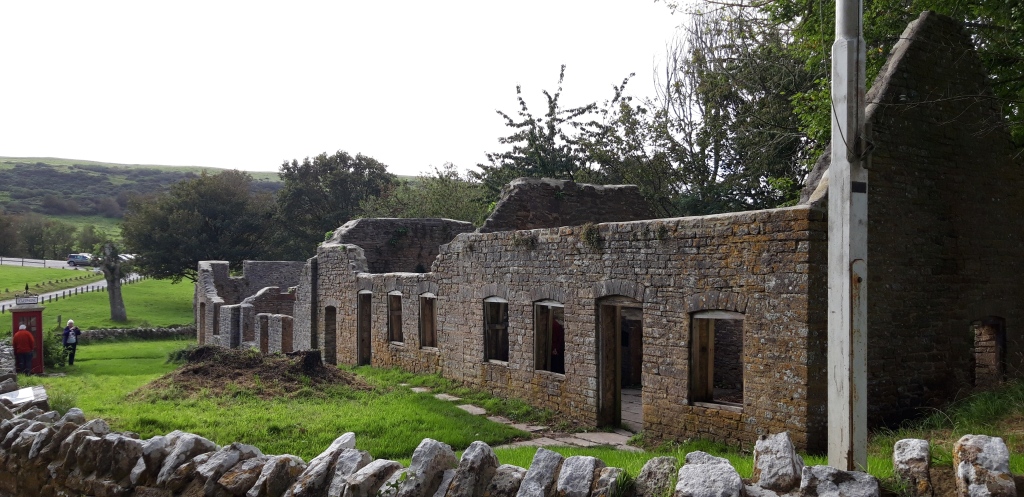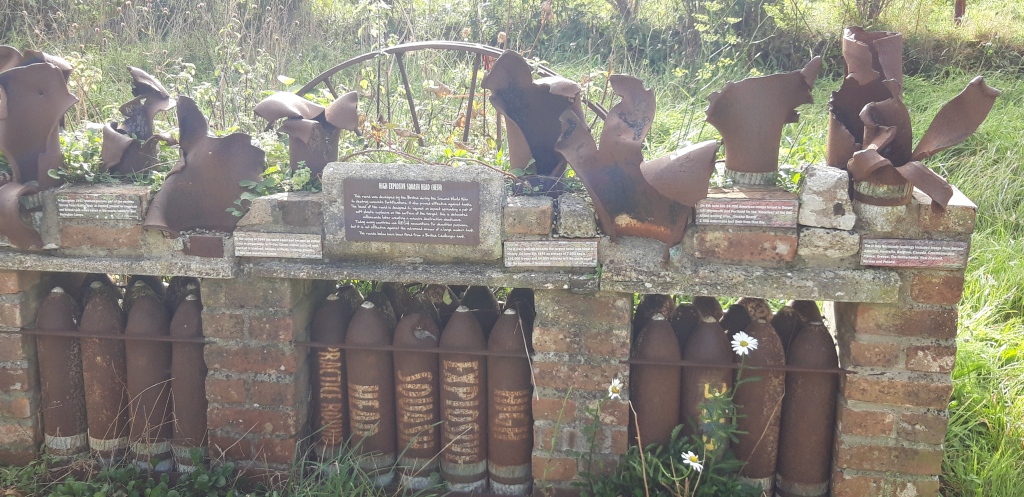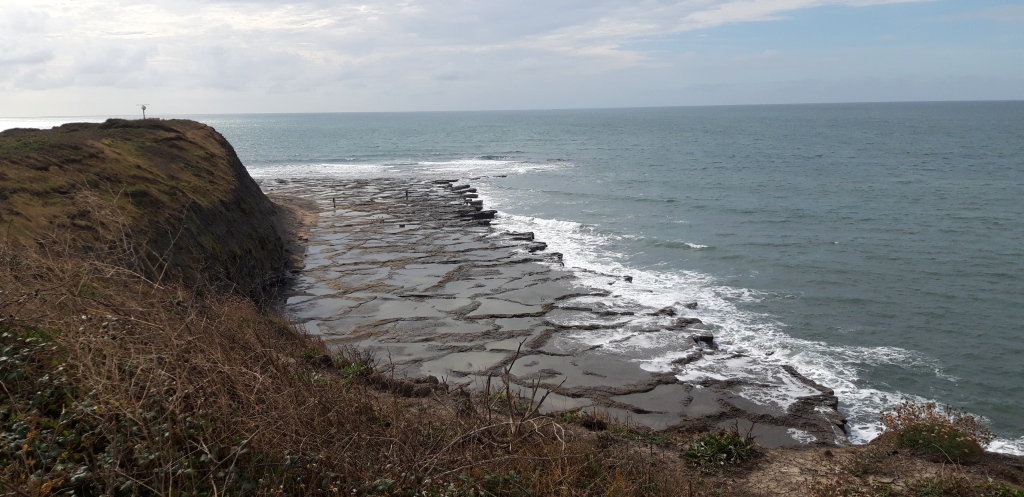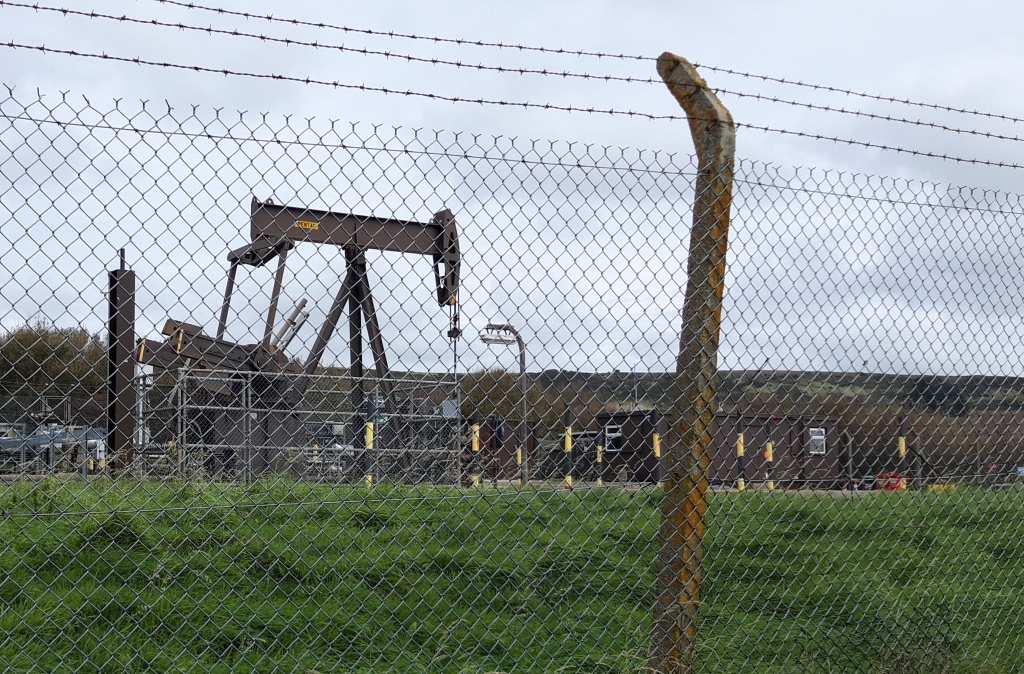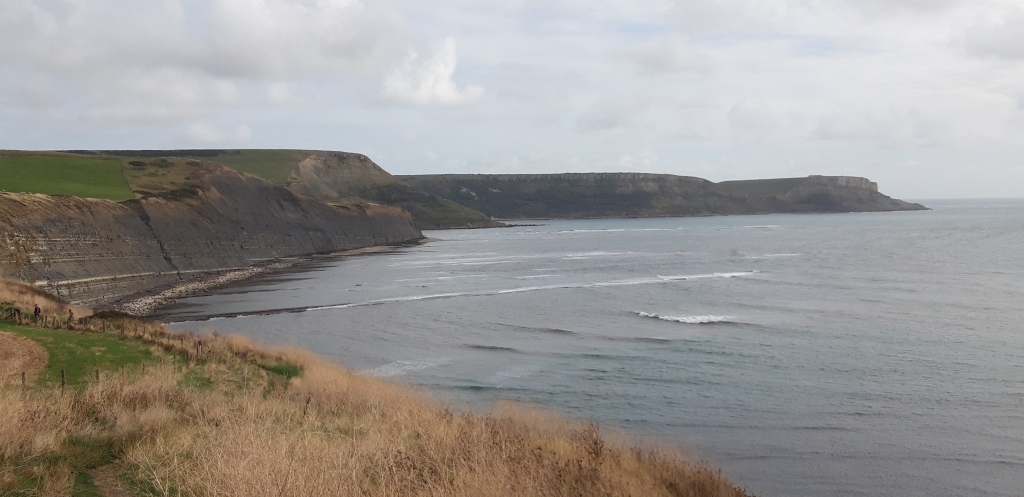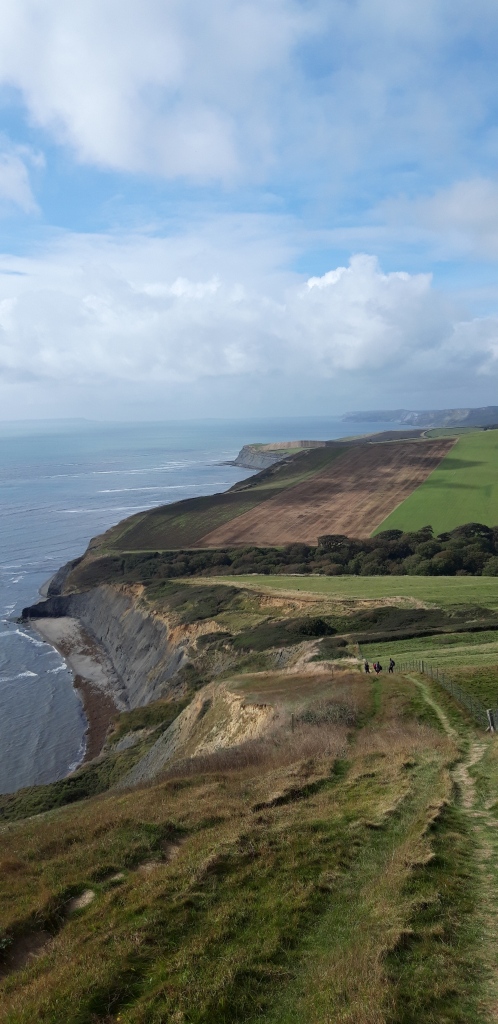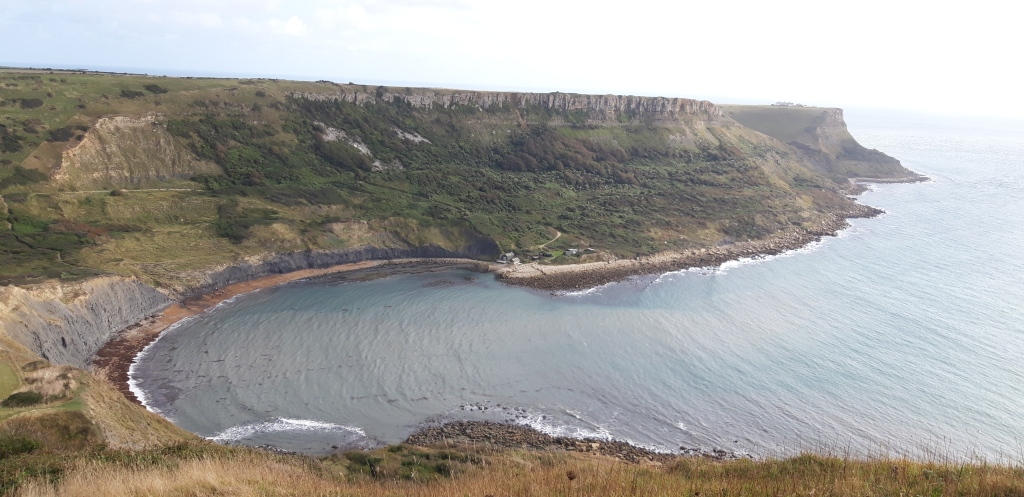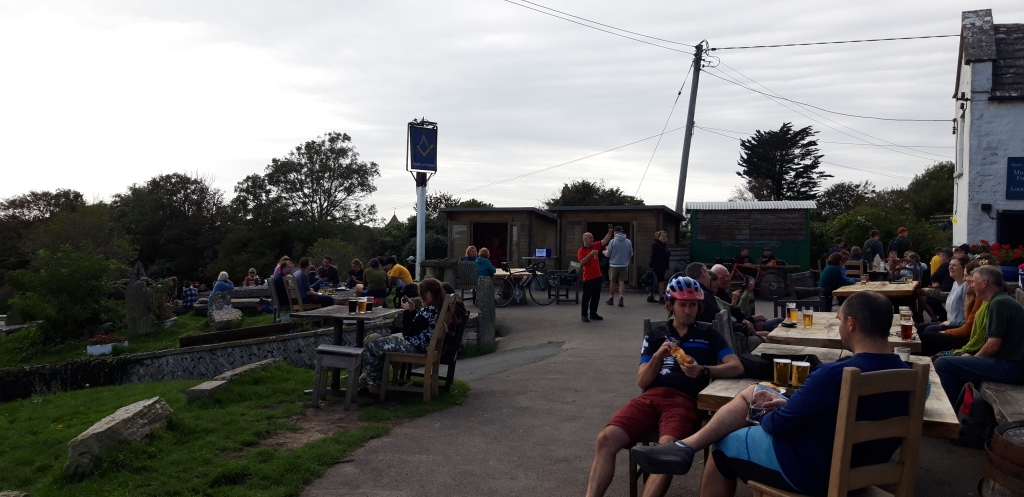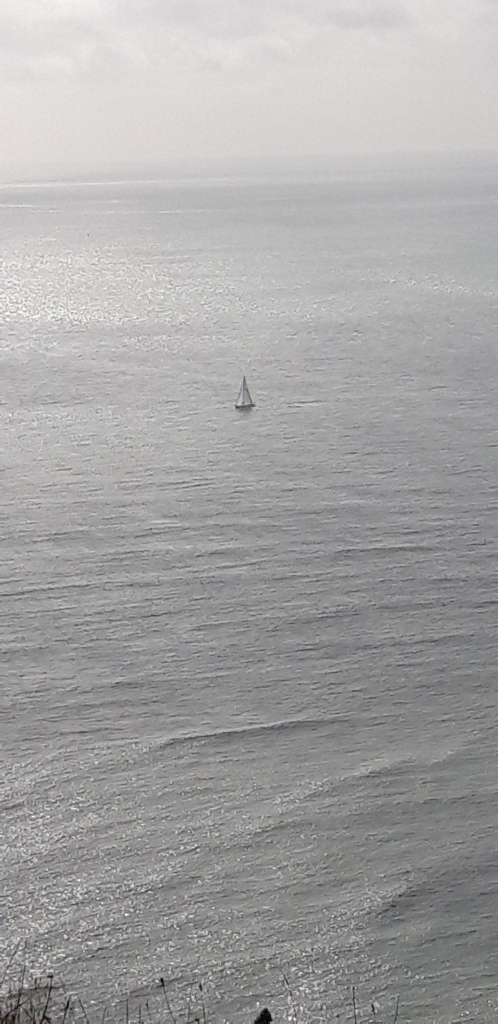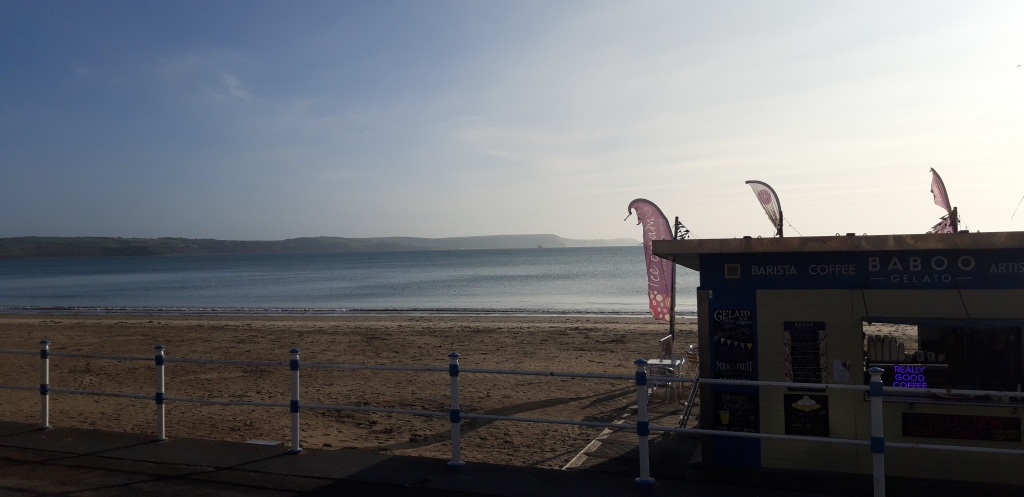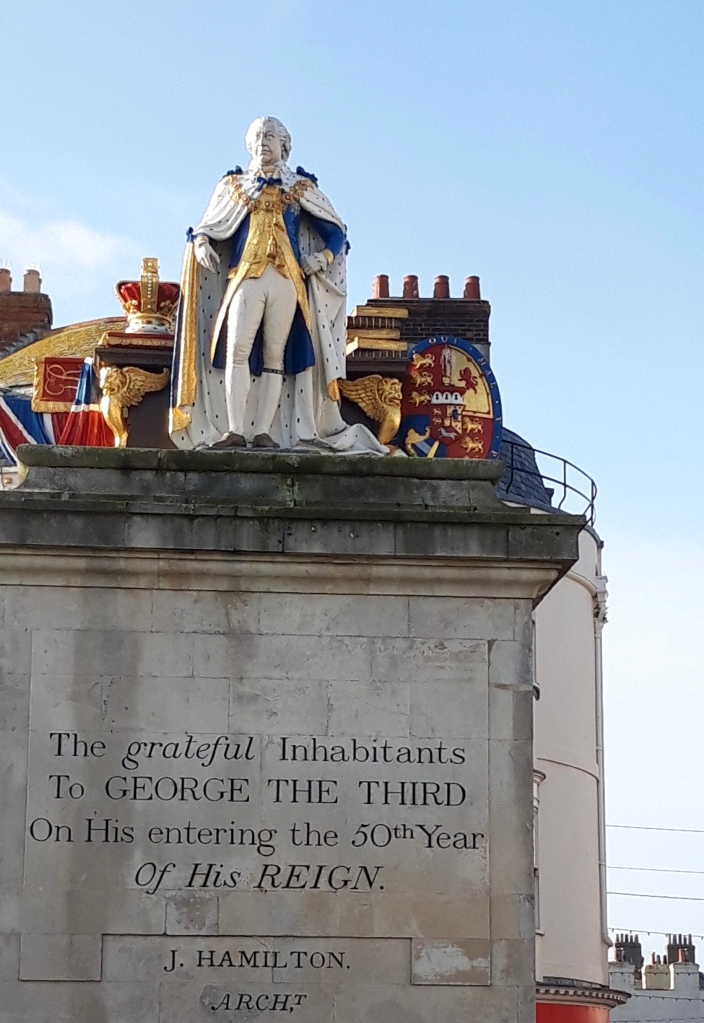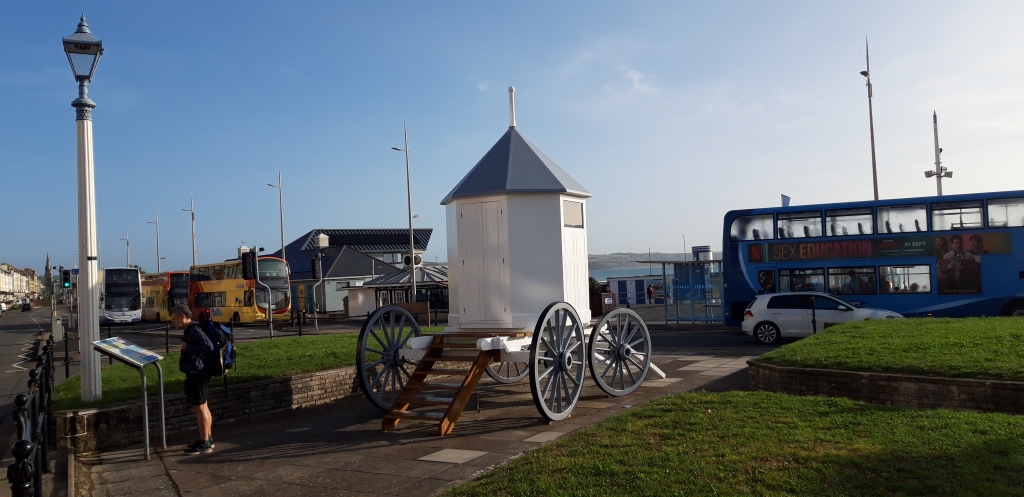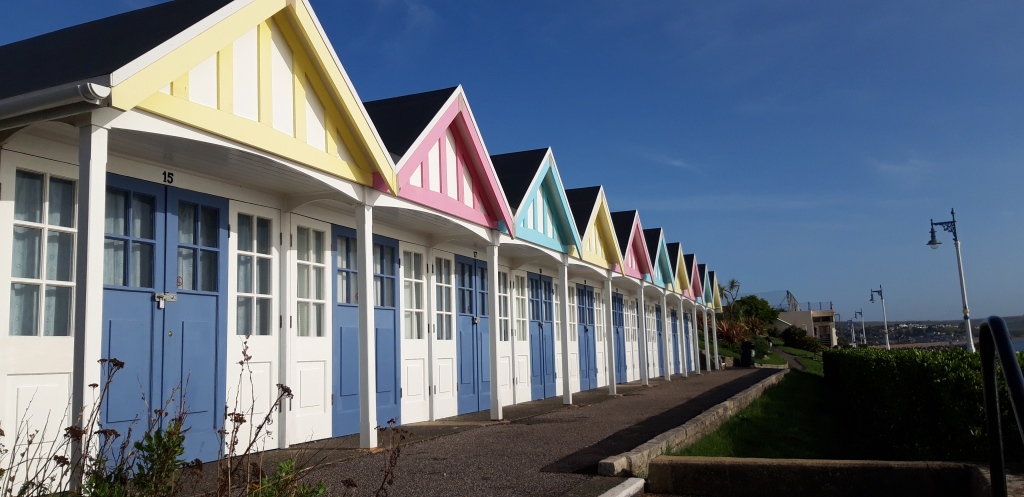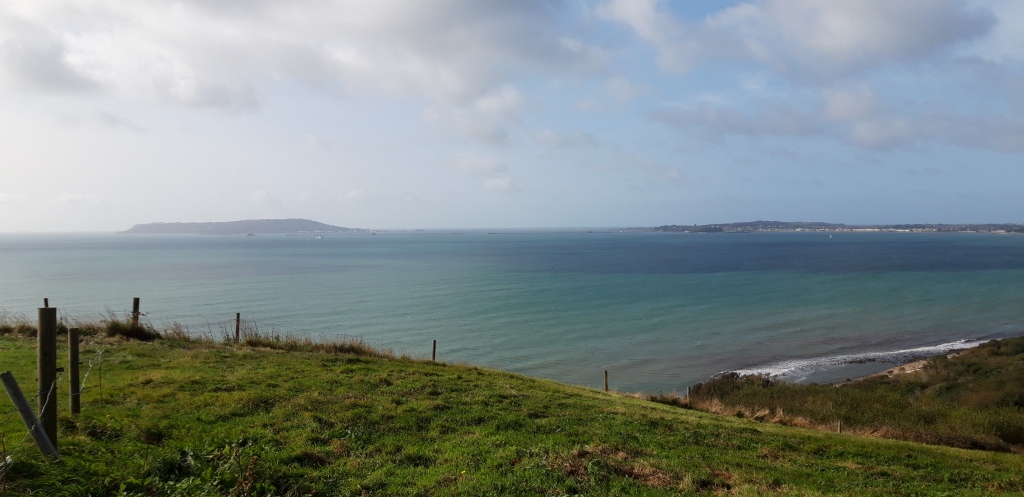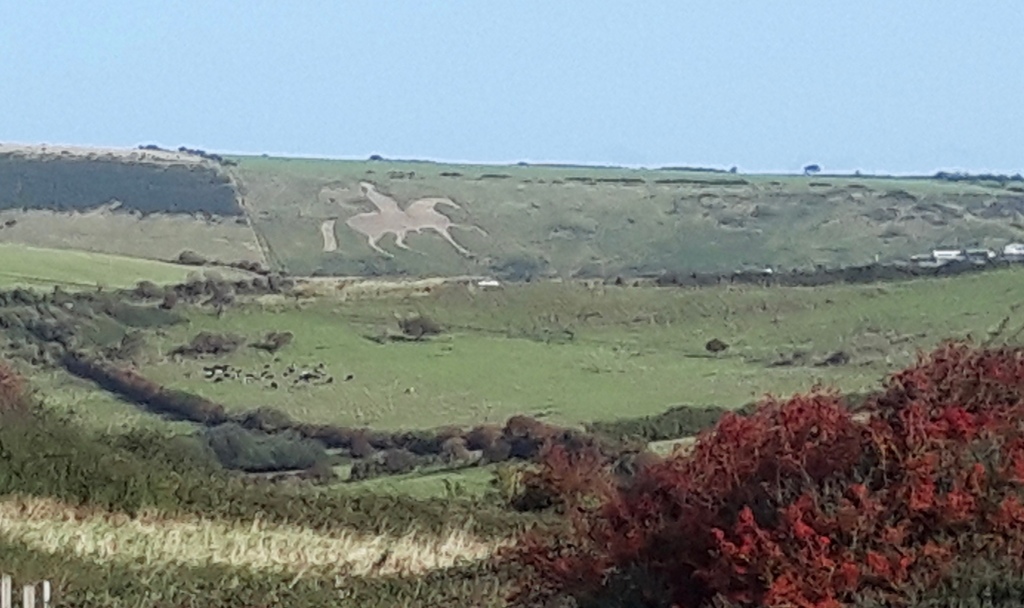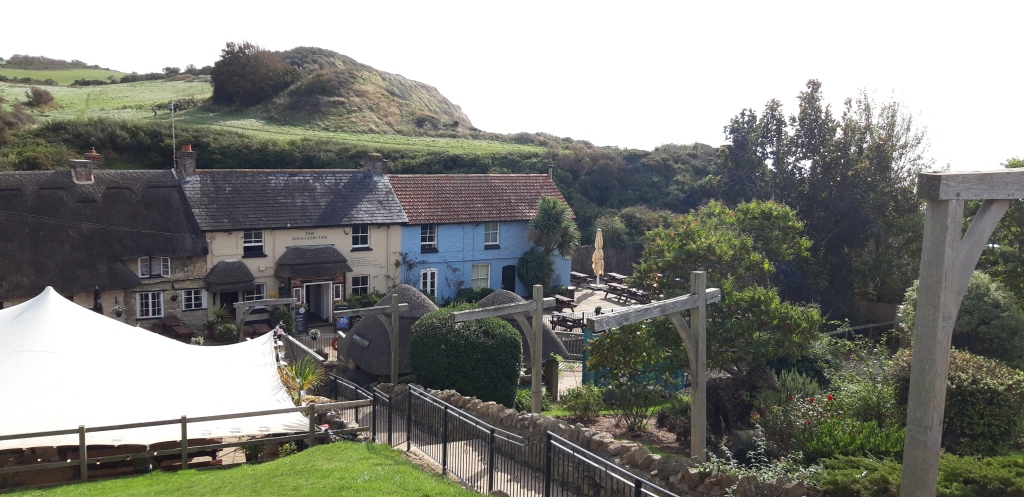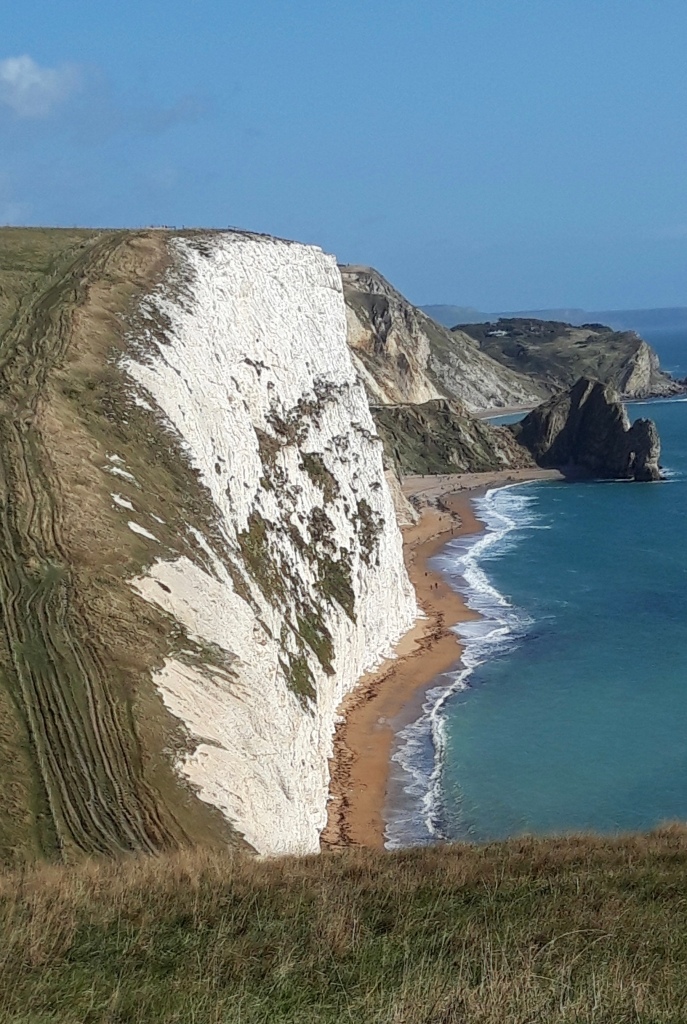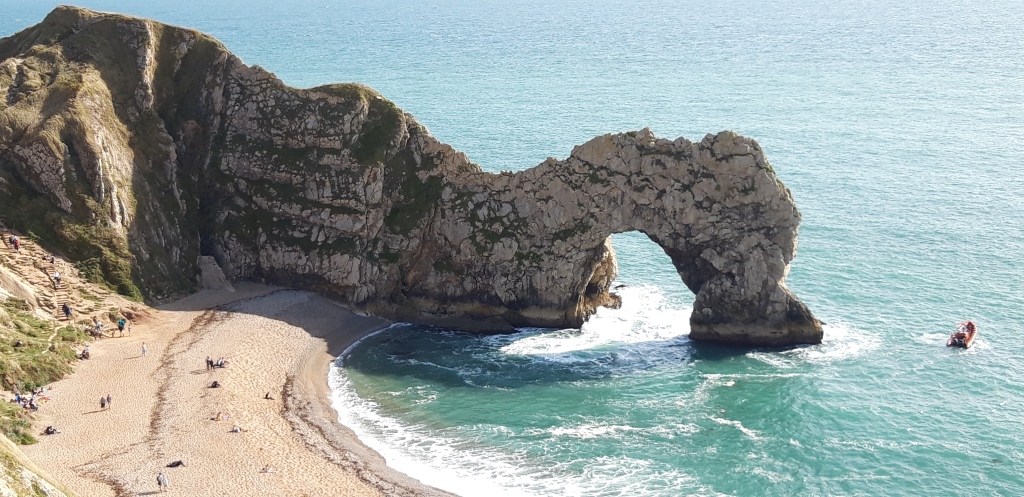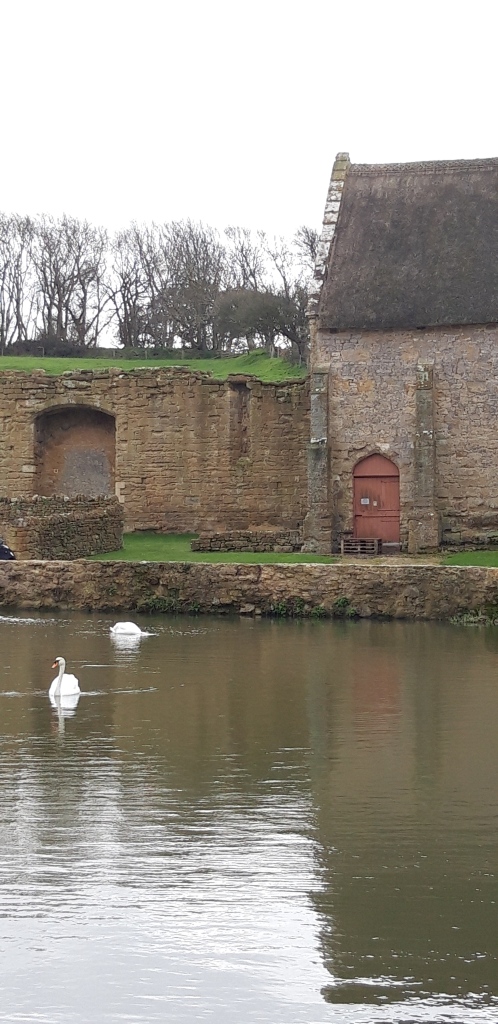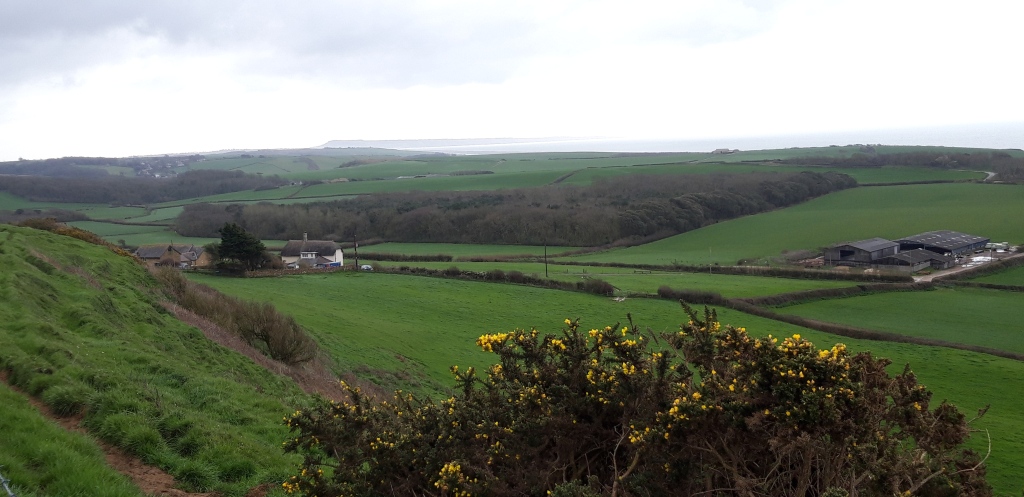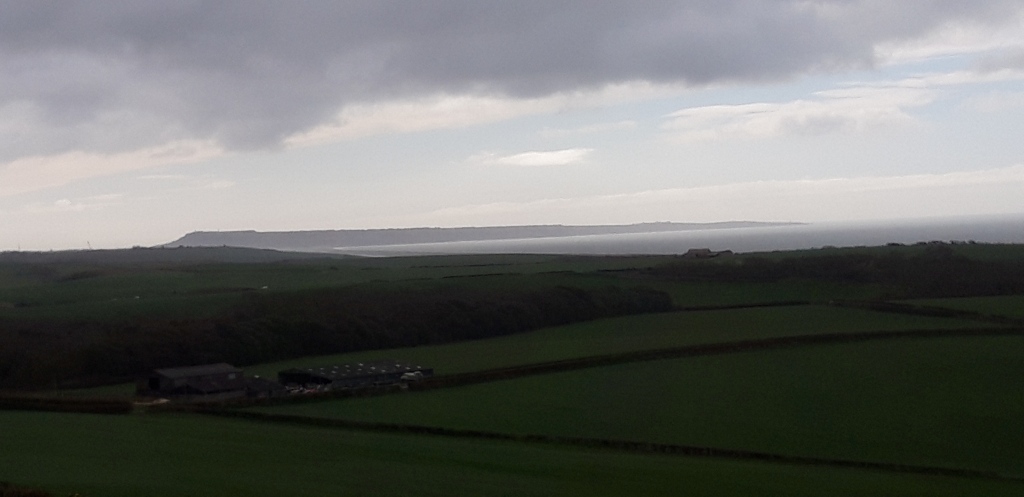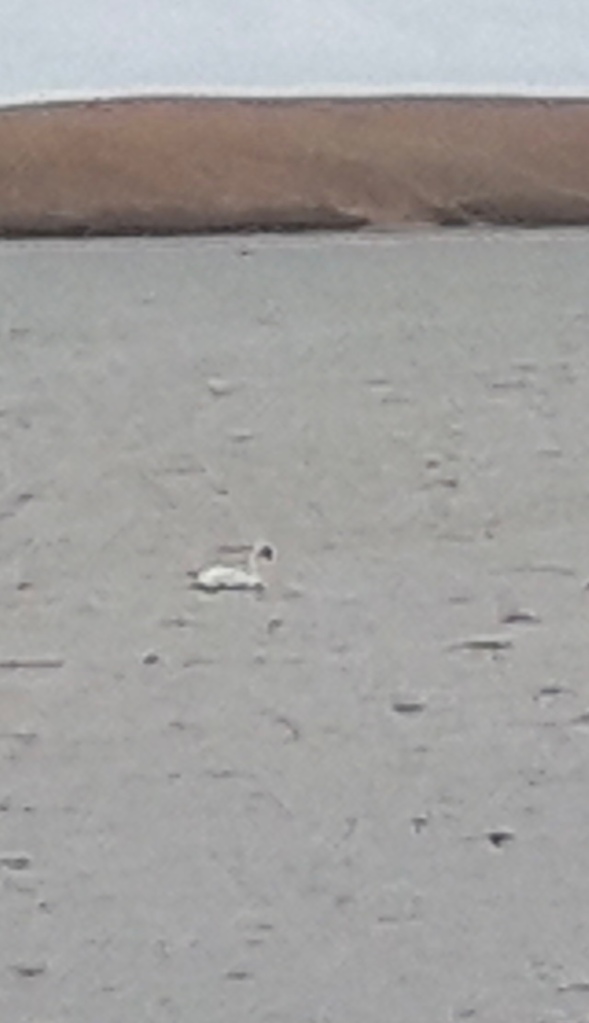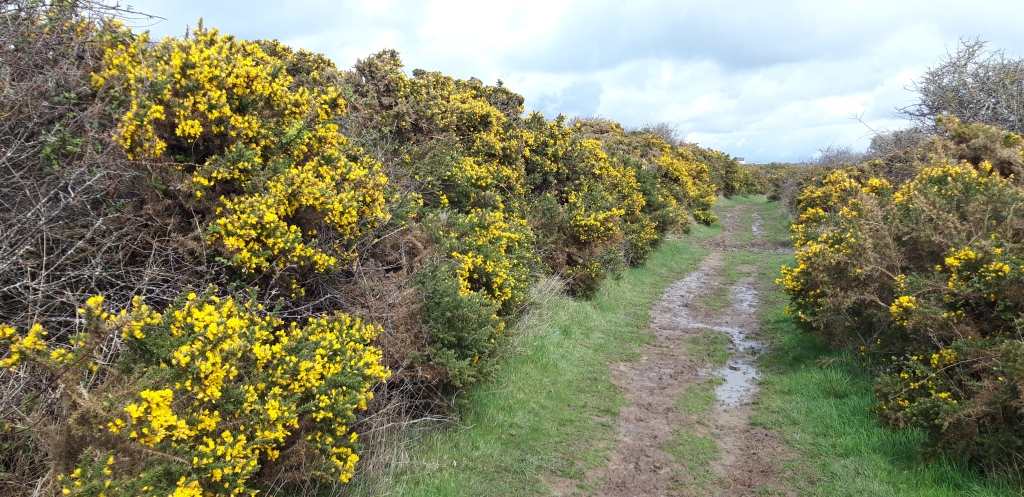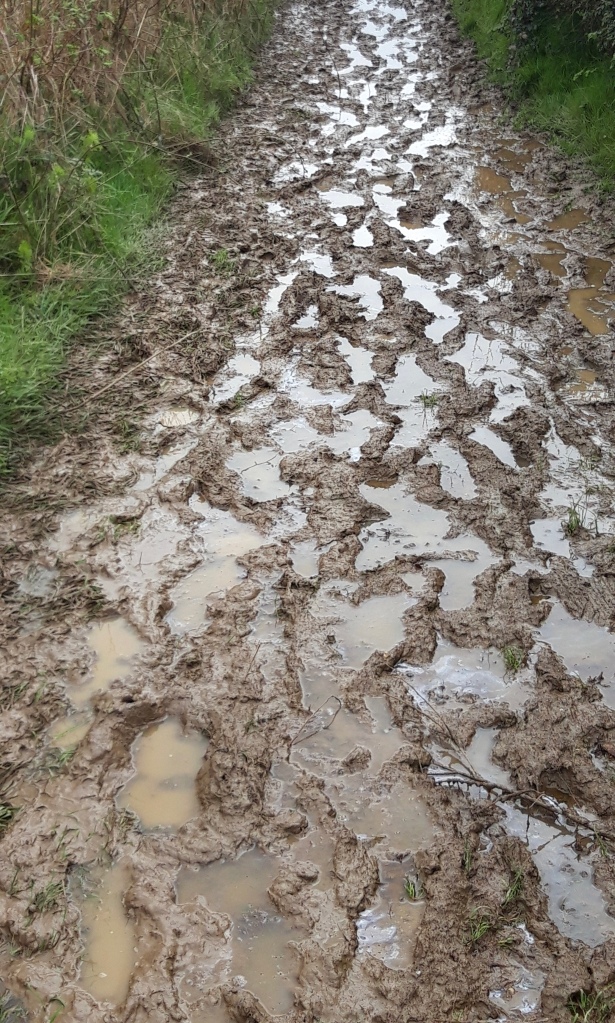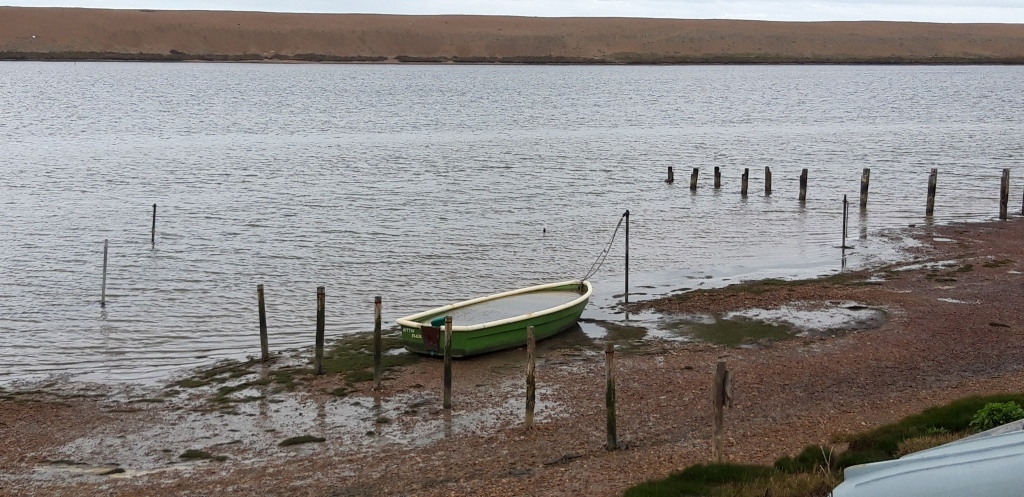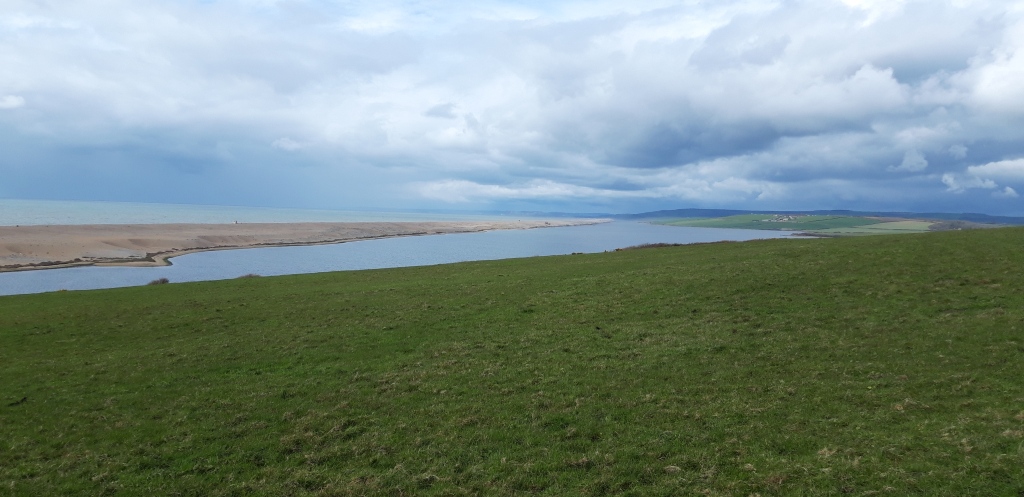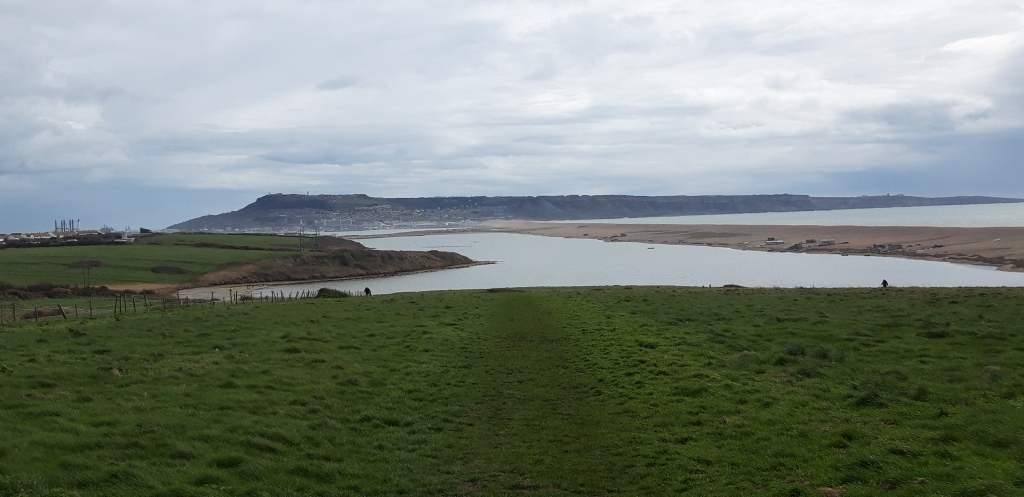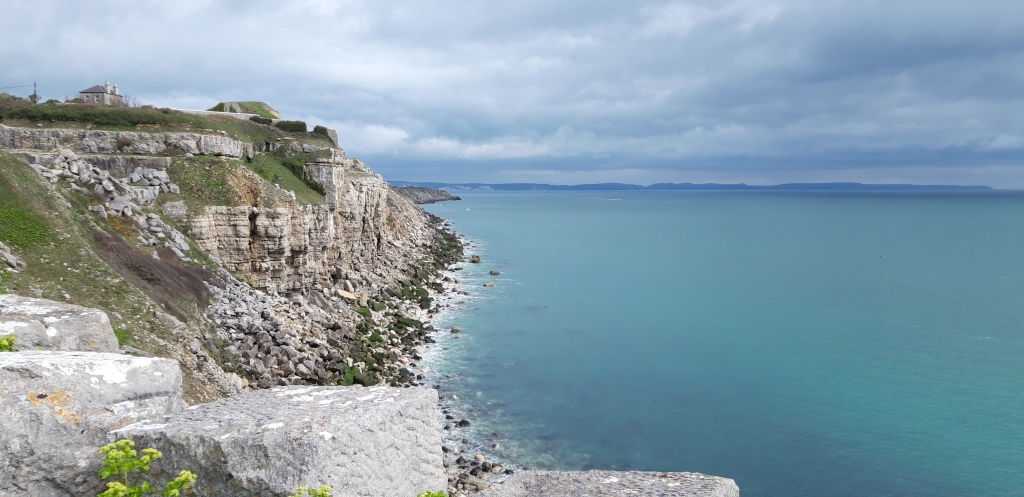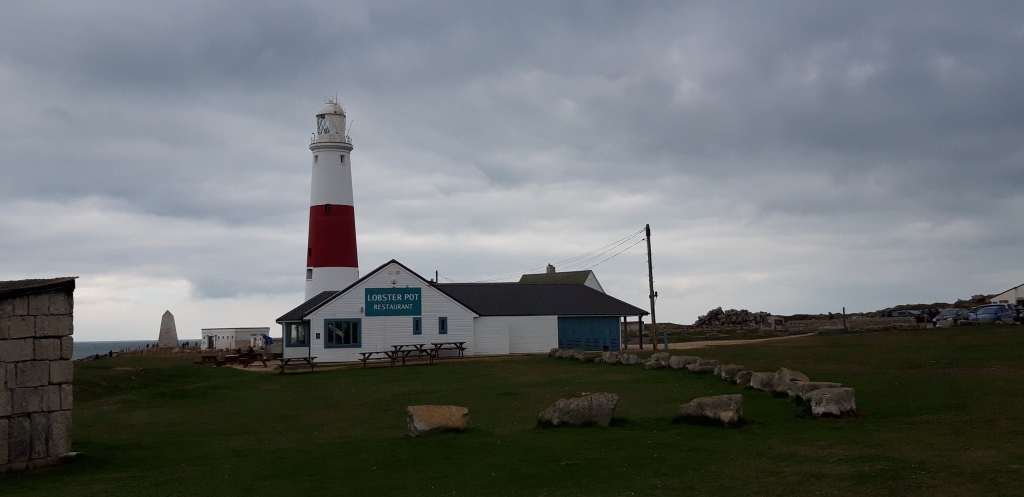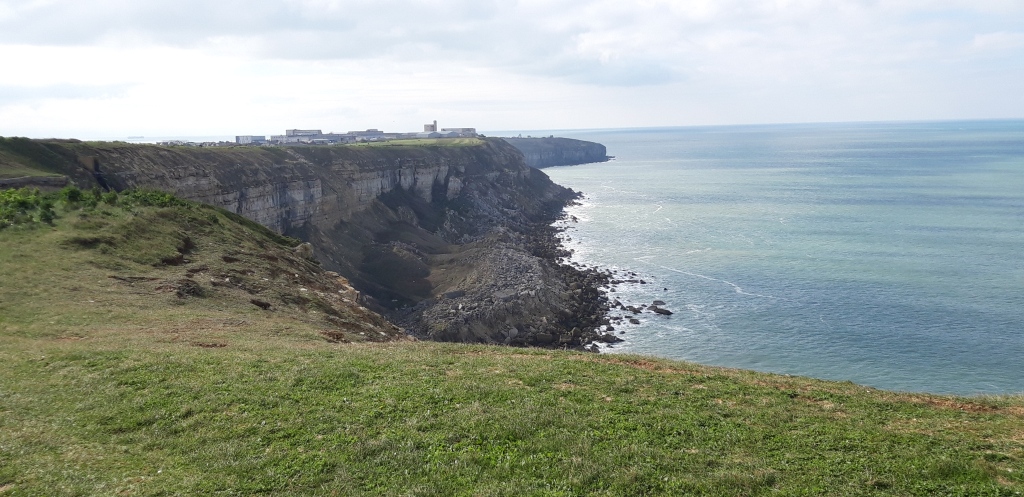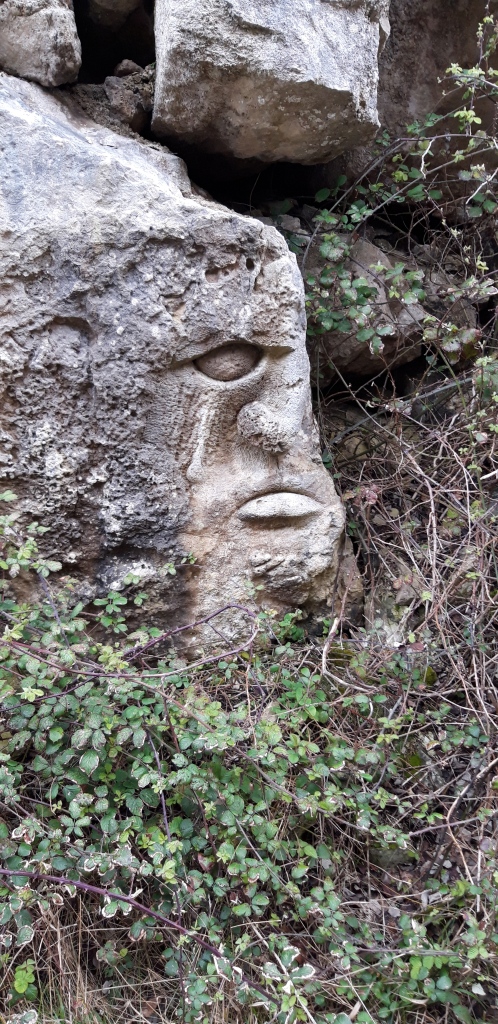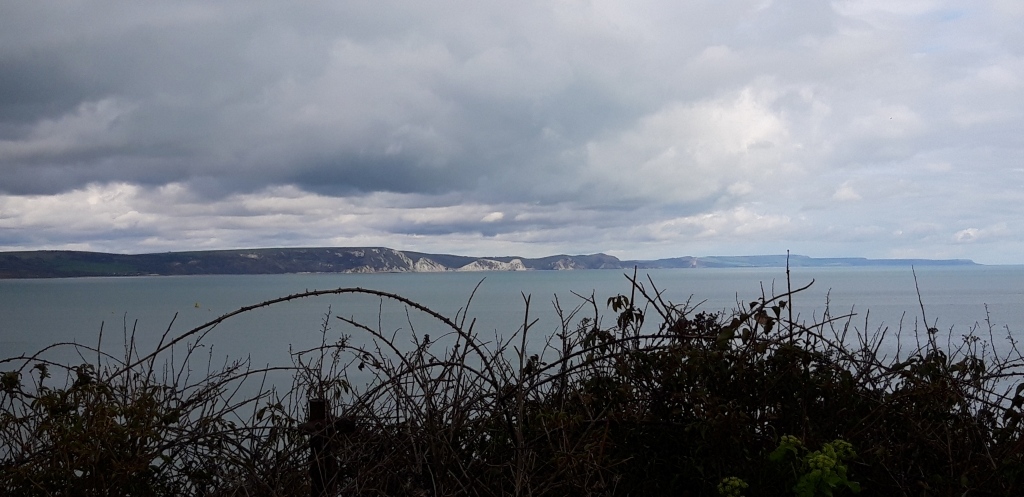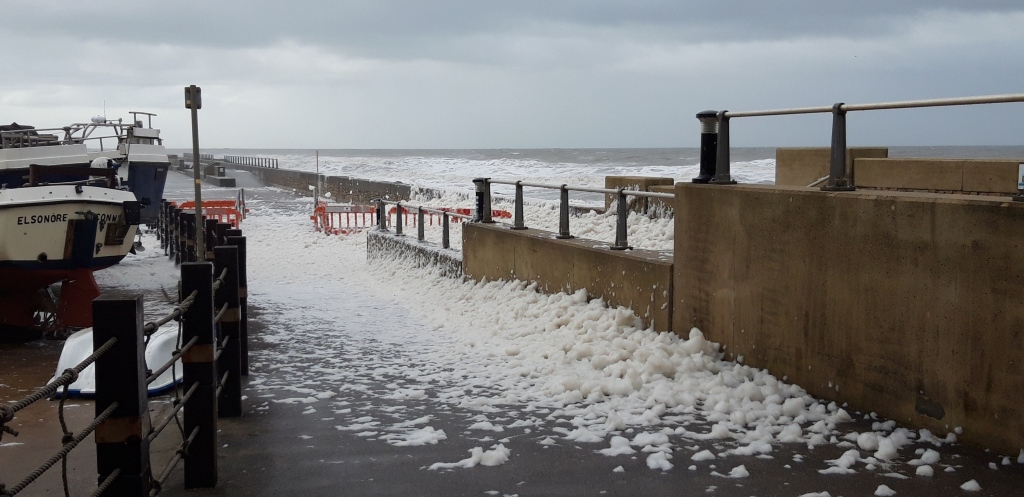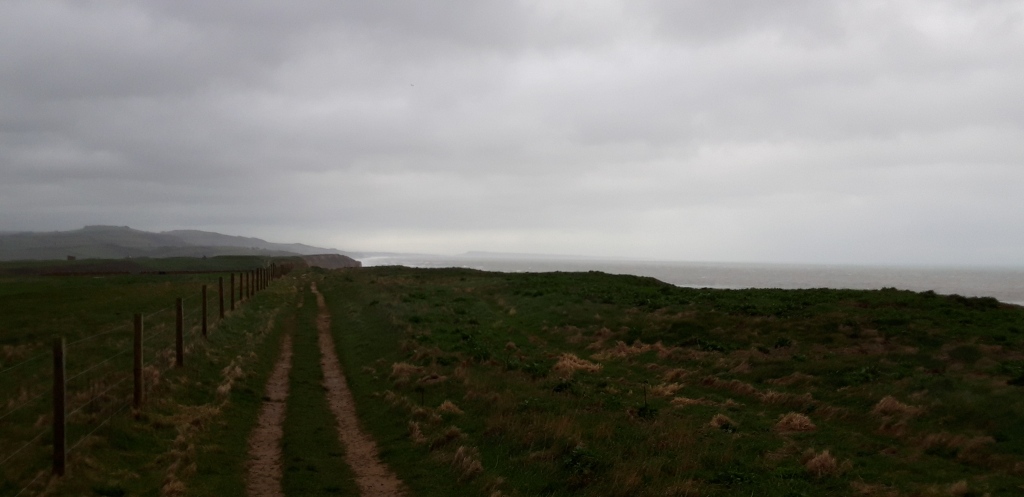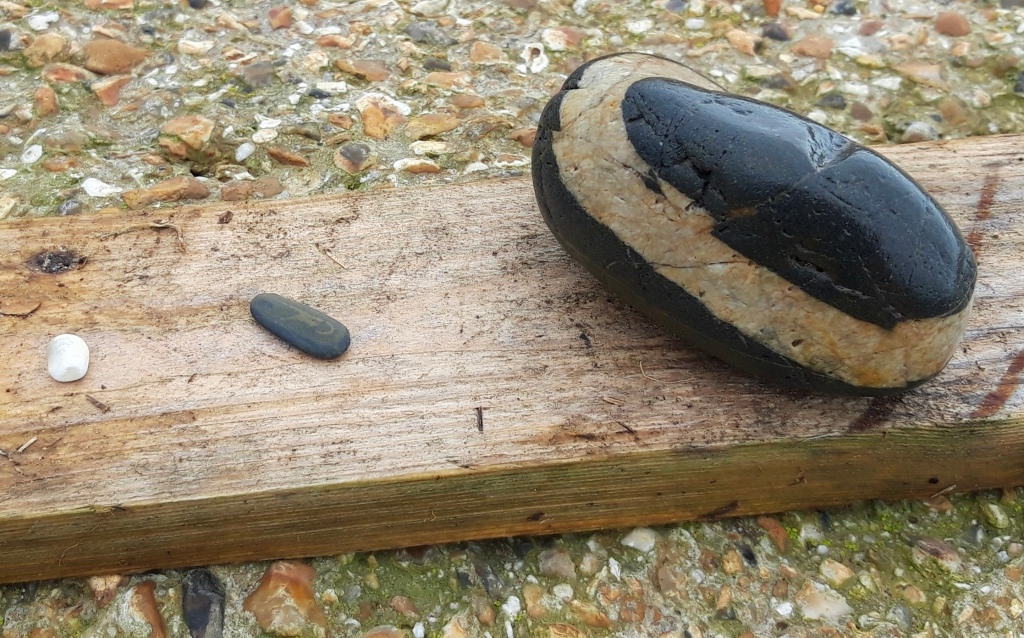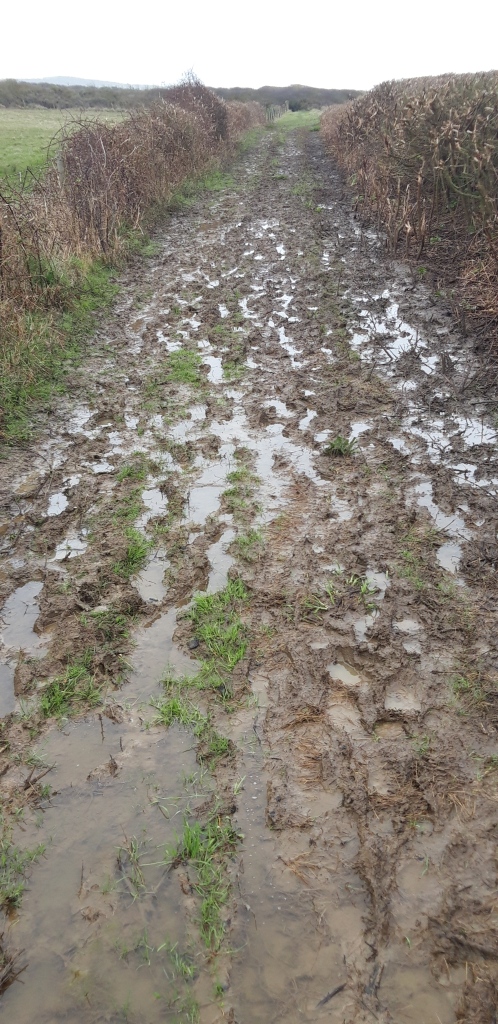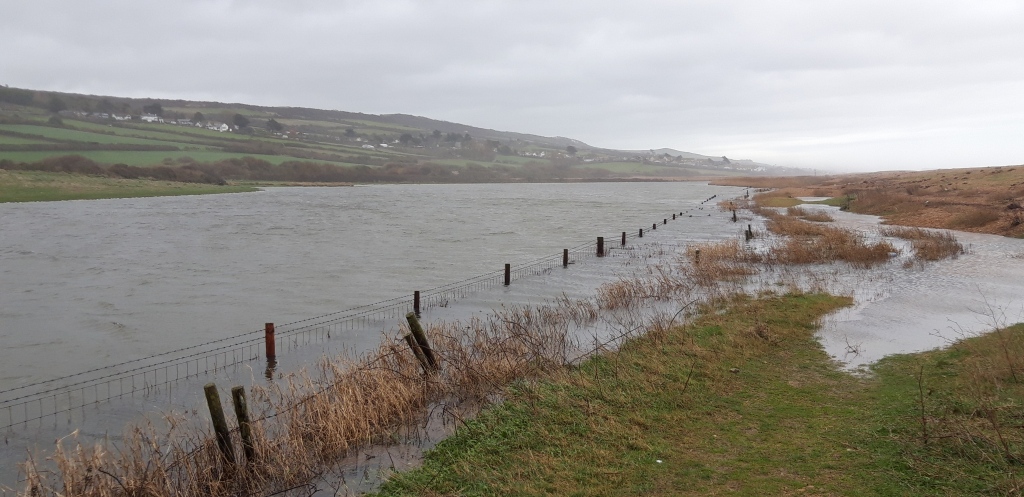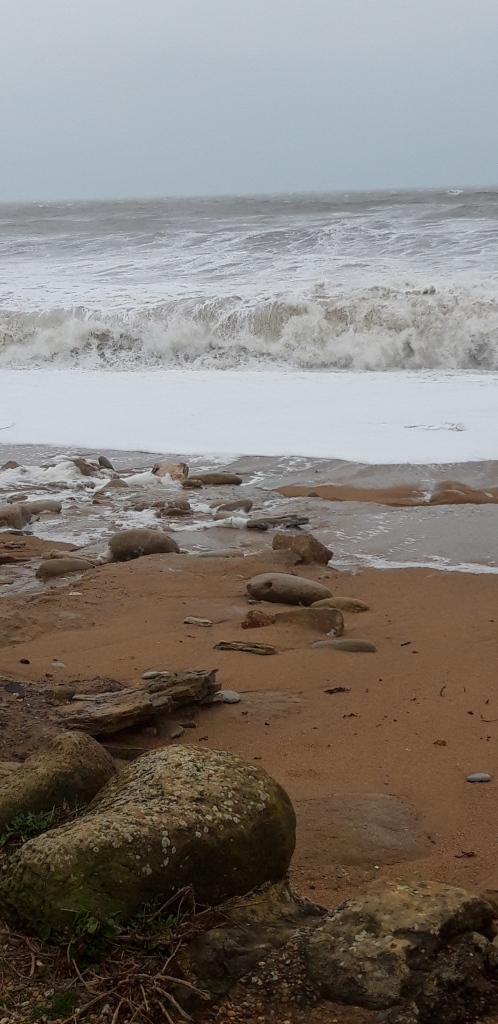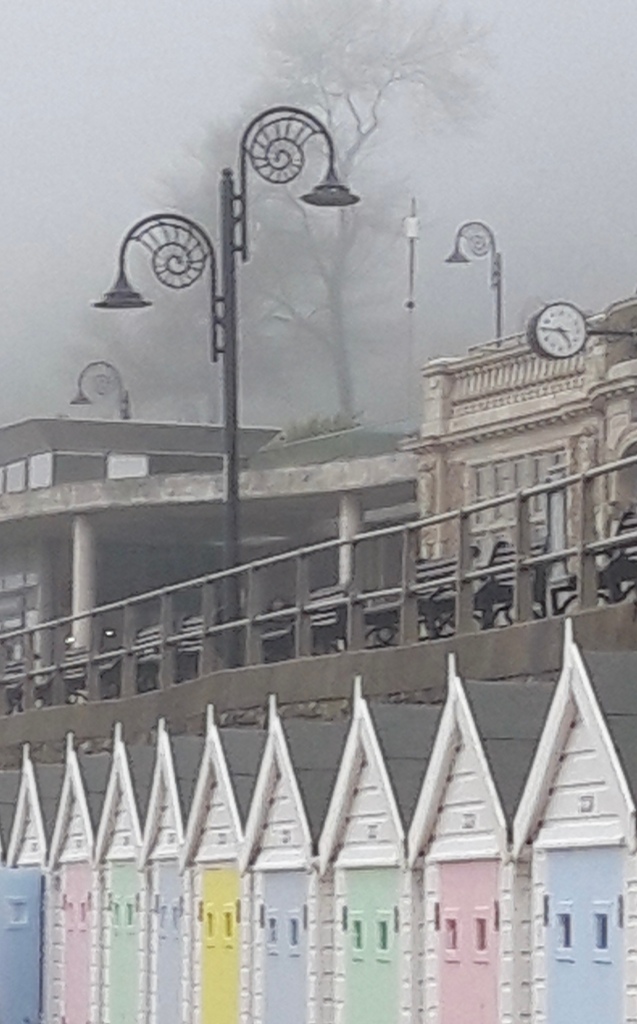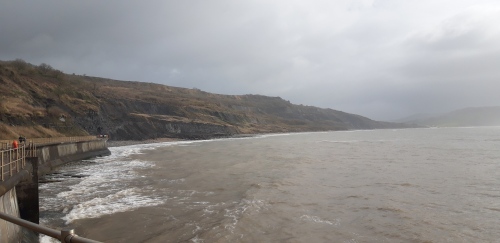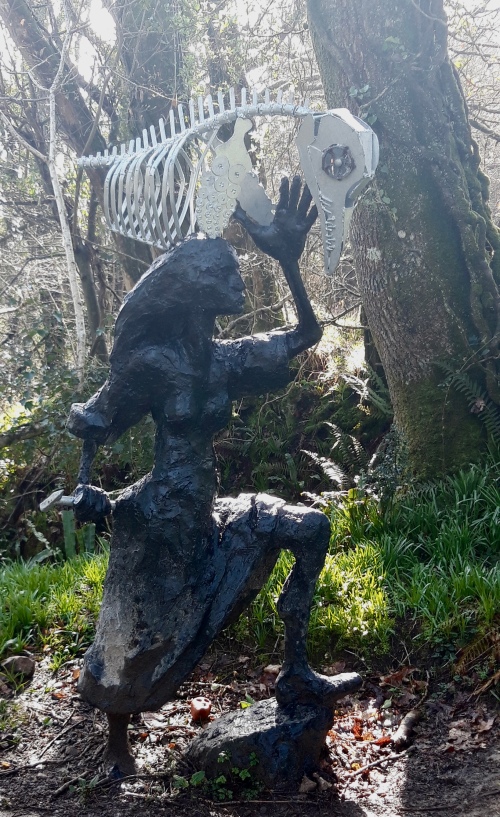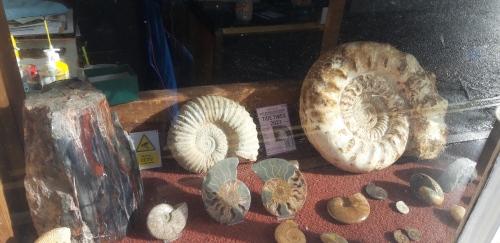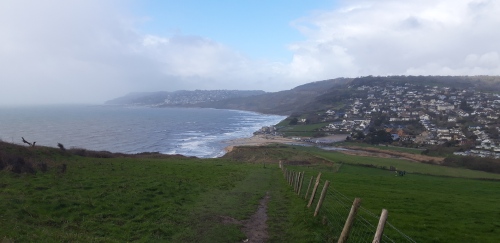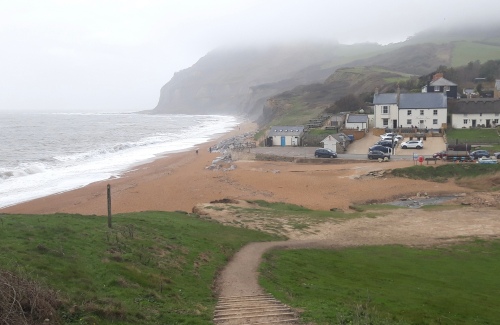Swanage to South Haven Point
25,000 steps
“The wearisome grand passions and distasteful excitements of active lives, stressed to breaking point, are supplanted in the end by the implacable lassitude of walking: just walk-ing. Serenity is the immense sweetness of no longer expecting anything, just walking, just moving on.”
Frederic Gros, A Philosophy of Walking
On this, the final morning of my long walk round the southwestern peninsula of England, I reflect on the miles I’ve covered. That is, if I really have covered them: my son recently told me that my body’s cells will have been completely replaced over seven years.
The implication seemed to be that the person who started from Minehead in April 2016 is not the same person who’s finishing. Maybe I haven’t really completed the Path; I’m sharing the achievement with someone else, some now vanished past version of myself.
(I found out this cell replacement idea was not strictly true: https://www.livescience.com/33179-does-human-body-replace-cells-seven-years.html)
This last day is something of a dying sigh after the full-throated glories of the past 600 miles. There’s a short walk along the Swanage seafront before we tackle the only remaining climb on the Path, a moderately strenuous ascent up onto Ballard Cliff.
Once up, there’s a fine view back over Swanage and the coast we walked yesterday.
From here, we have an easy stroll on a flat headland toward a promontory, with a popular view over Old Harry Rocks.
There are numerous Sunday strollers about, and we continue on a busy gravelled path down to the beach at Studland, where we have coffee at a National Trust cafe.
All at once it’s almost over. There’s only two more miles along the beach, surrounded by more casual walkers and their dogs, to South Haven Point. The end of the Path.
Apart from the sight of an eager naturist among the dunes, the final miles pass without incident, allowing me to think back over the highlights of the month and half worth of walking, which I have spread over seven years:
- I think back to the very long second day, when I arrived at the Hunters Inn after a thunderstorm. The isolated inn, with its peacocks and lack of phone connections, felt like it was at the end of the world
- I remember the miserable lunch in the Coach and Horses pub at Buckland Brewer. Sam and I were soaked and tired and he was threatening to bail on me when the intervention of passing life coaches saved our trip
- There was another stormy night at the cinematically atmospheric Hartland Quay hotel with the Prof, followed by the gruelling but memorable afternoon of the ten valleys
- I recall a morning when I came off the sleeper train from London and was quickly transported by a simple boat trip to the Roseland Peninsula into a paradise of wild garlic and spring flowers, helped on my way by Overend’s pal, Mark (Cornwall’s answer to Tom Cruise). His blessing – “May the spirit of Peter go with you” – helped me on my way.
- Or the wet afternoon in north Cornwall when I realised lightweight hiking could go too far, as my lighter boots dumped me in the mud
- Or the equally wet day in south Devon, when I crossed several estuaries, by ferry and by wading.
Above all, the numerous occasions – too many to remember, but usually happening several times each and every day of walking – when I paused for a moment to look ahead, and filled my eyes and my soul with the ravishing beauty of this untamed coast of England.
Every mile of which is lodged in my heart, to be carried with me always.
At last, the Sandbanks ferry comes in sight, and as we trudge the last half mile of beach the Prof and I see our wives waiting to greet us. All that remains is to pose for photos by the South West Coast Path monument, sister of the one I passed in Minehead all those years and miles ago.
I don’t know how I feel about completing the walk. For the past few years, I’ve constantly had the next stretch of the Path to plan for and anticipate, it’s always been with me: always in the back of my mind I’ve been thinking about tackling the next bit.
When life got busy, I could always look ahead to the next time I’d be out on my own in the sun and the wind, with nothing on my to-do list except putting one foot in front of the other and allowing the big sky and open sea to fill me up with grace. It will be strange not having that connection any more.
“If you are in a bad mood go for a walk. If you are still in a bad mood, go for another walk.”
Hippocrates
He’s been a spiritual companion on the walk, so I’ll leave the final words to Overend Watts – bass player, glam rock poseur, long-distance walker. When he finished the Path, he wrote about:
“…the overwhelming sense of relief that I’d done it. I’d succeeded. Nothing could take that success away from me now. Nothing and nobody…It’d been the greatest challenge of my life and by succeeding I immediately felt like a far stronger person.”
This guy played bass on “All The Young Dudes.” If he took pride in completing the Path, it will do for me.

